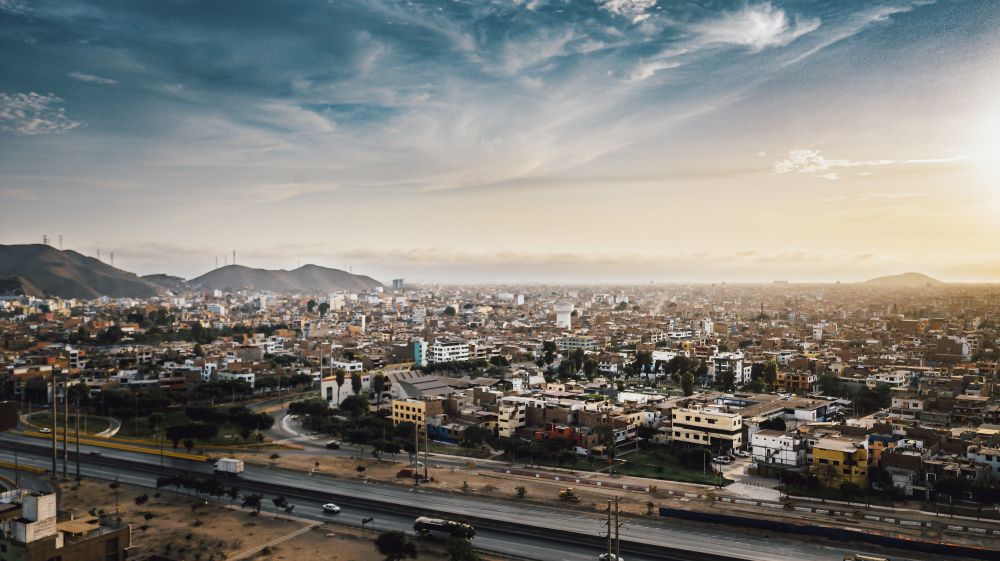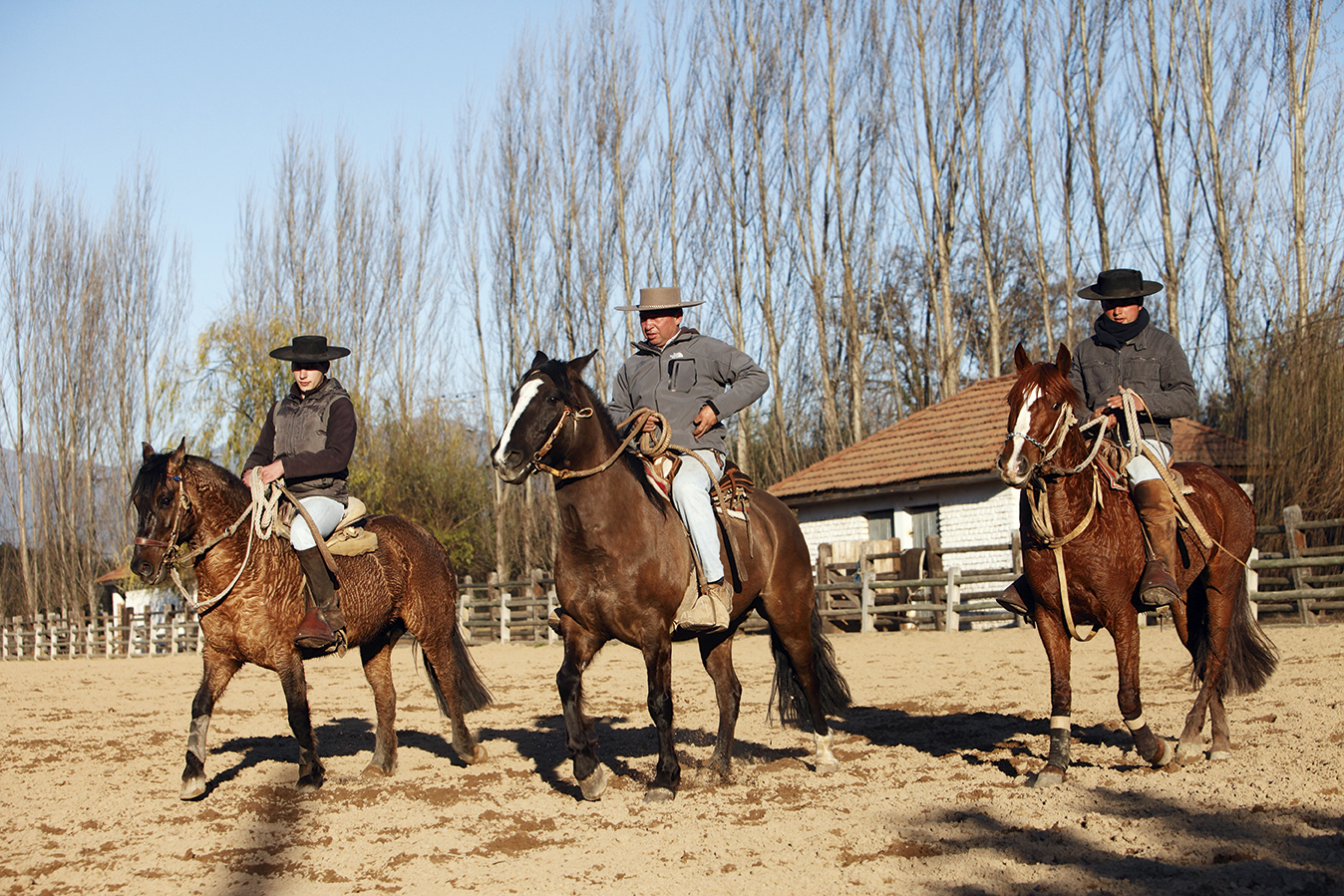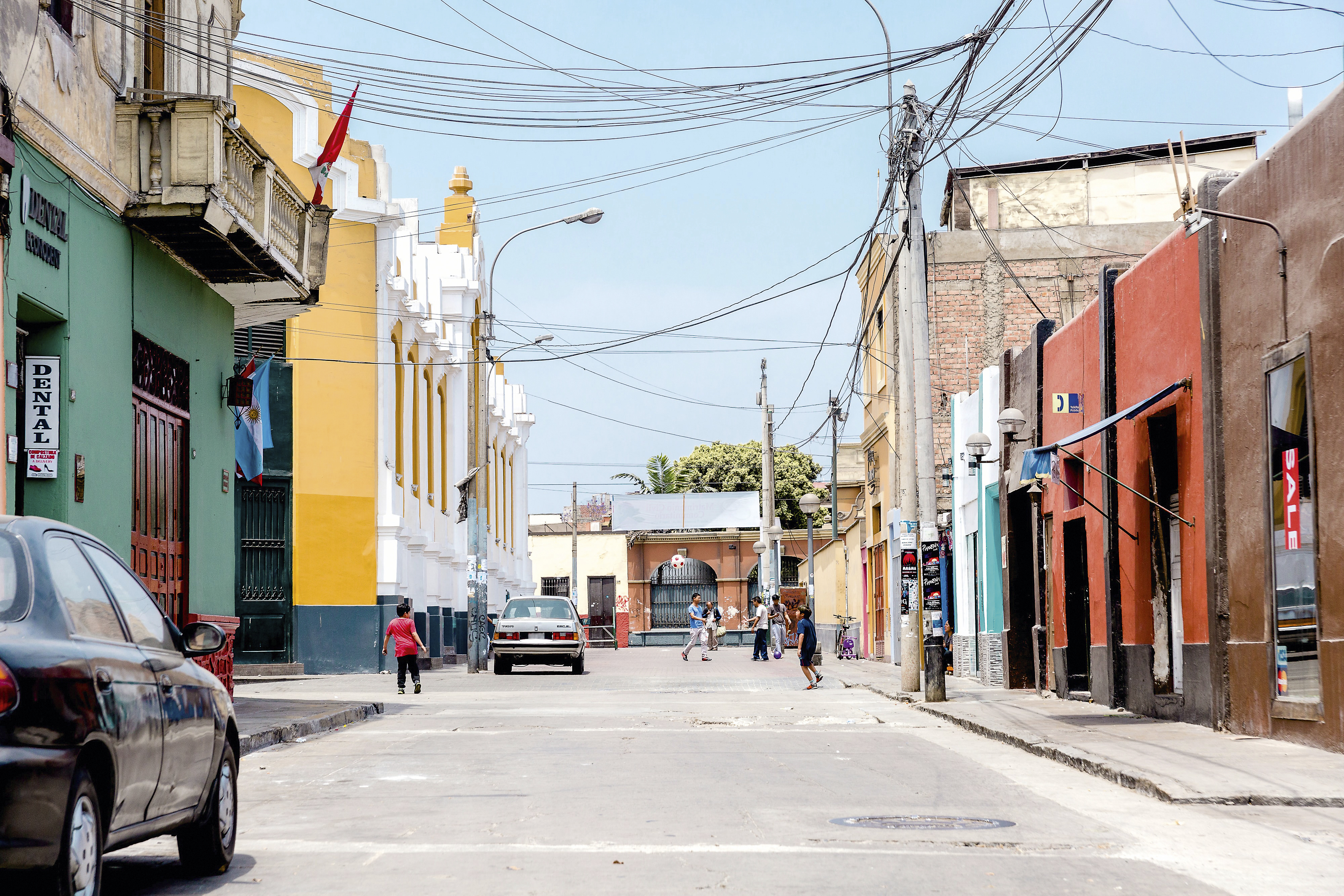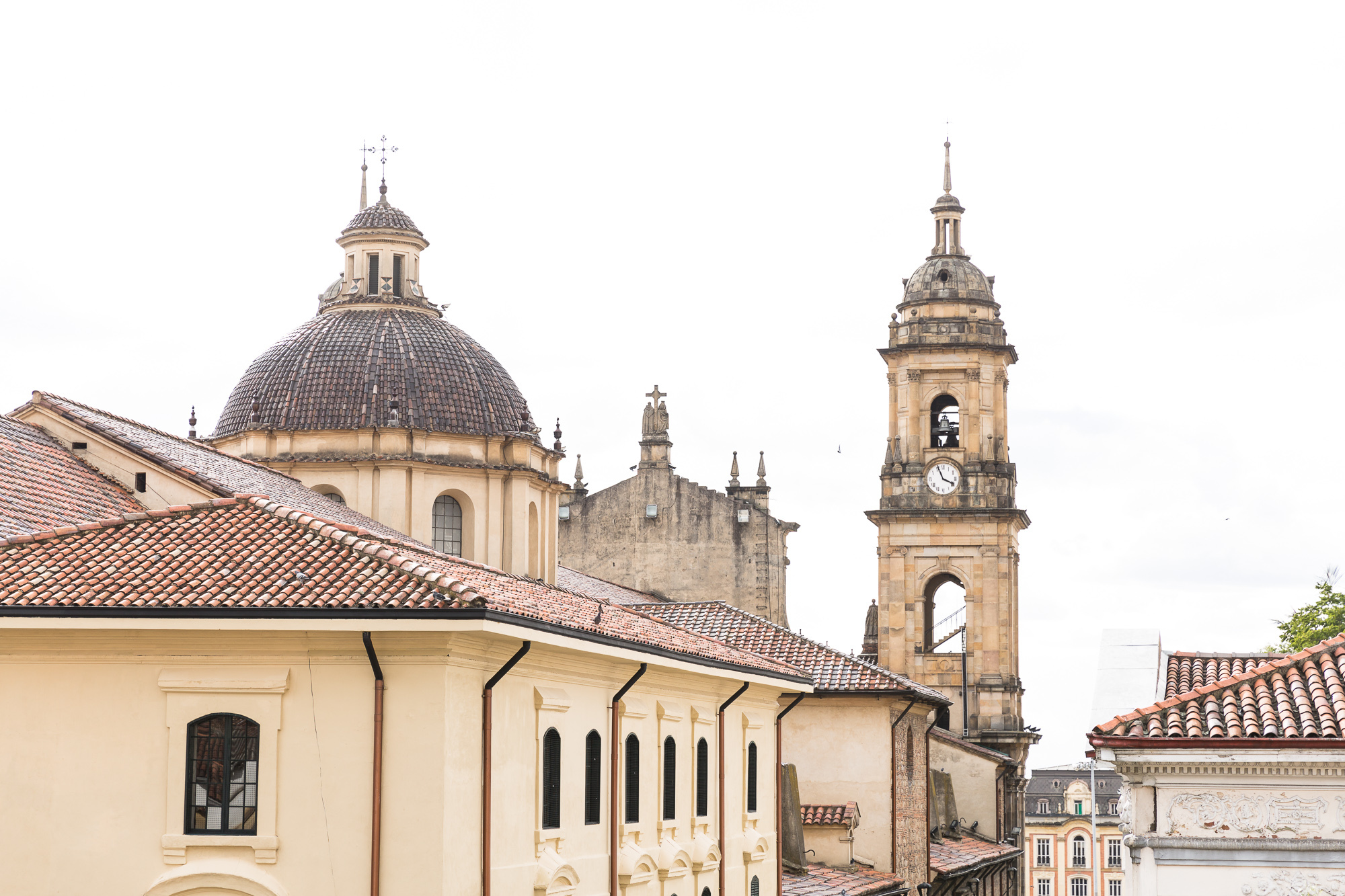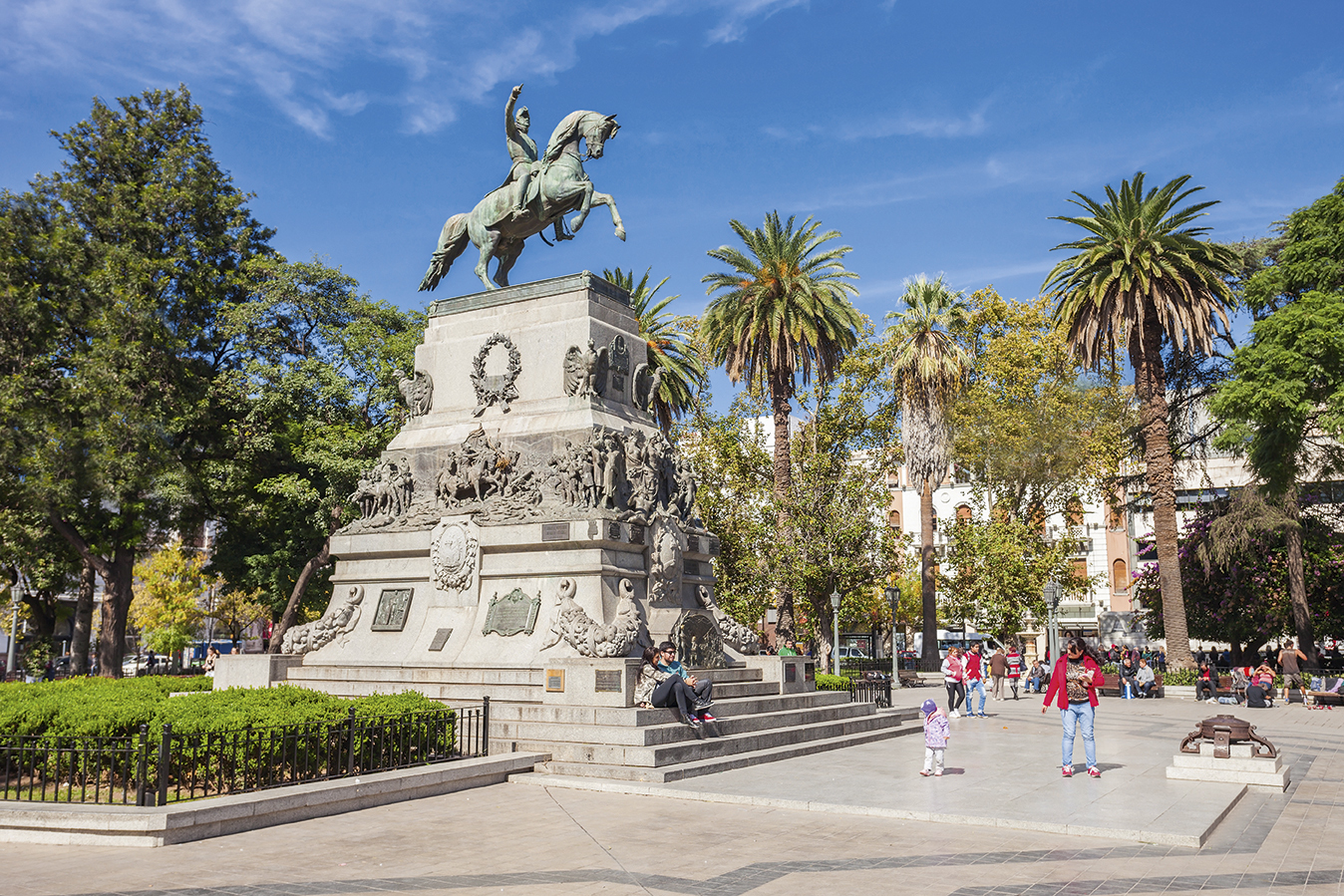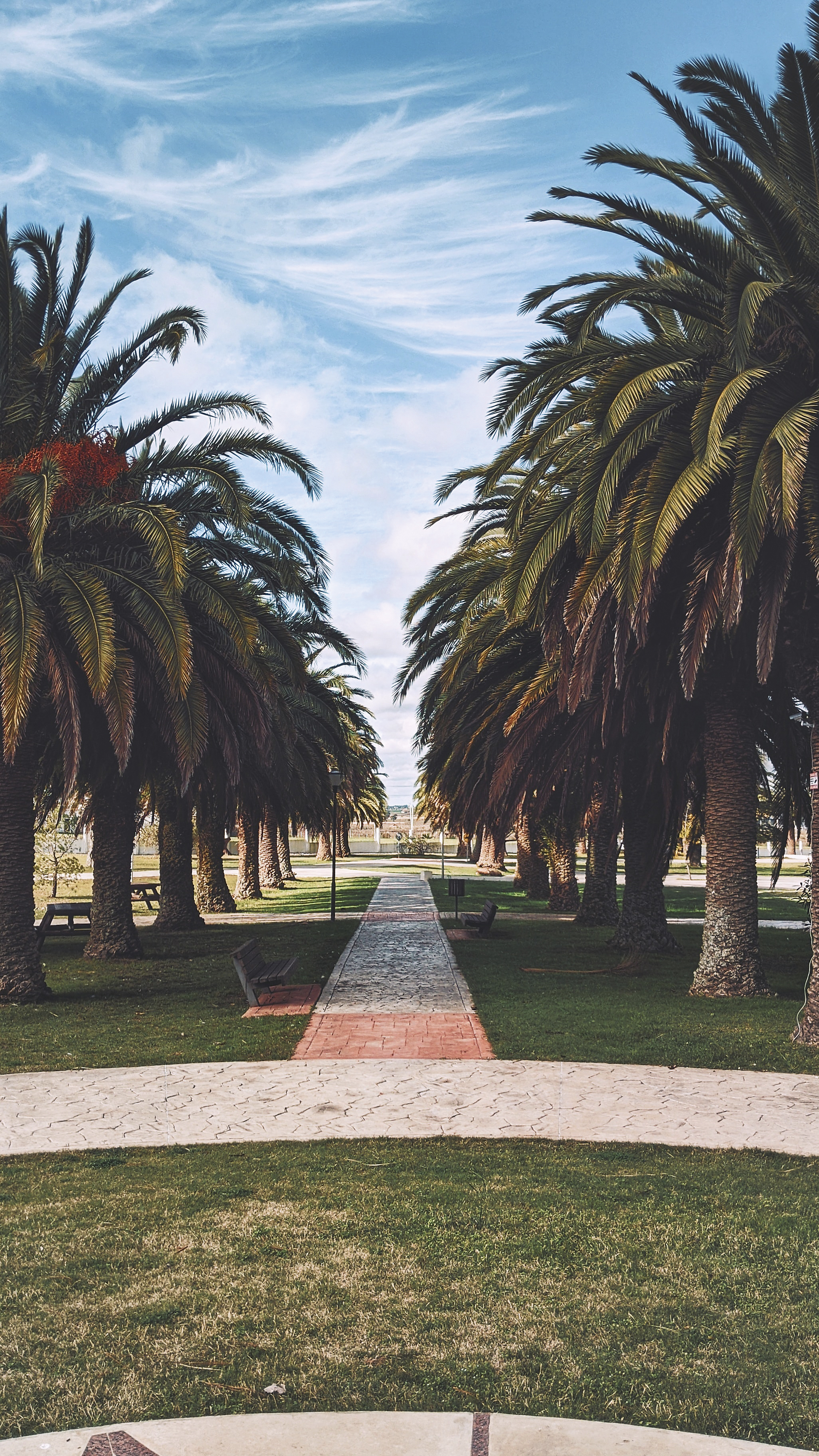Santiago Chile
Often described as the most ‘European’ city in South America,
Santiago is a bustling cosmopolitan hub with centuries of culture
and a thriving gastronomic scene. Nestled in a valley surrounded
by the Andes and the Chilean Coast Range, the city has more
than its fair share of stunning views and historical landmarks,
with the palm-tree-lined Plaza de Armas being a star attraction.
The capital city was founded here in the 1500s due to its
proximity to Cerro Santa Lucía, a high vantage point, and the Mapocho River. While the influence of Chile’s original
inhabitants, the Mapuche people, is still felt in modern cuisine
through seasonings and stews, there are also plenty of Spanish
influences and a solid tradition of serving seafood as well as
meat, specifically barbecued lamb. Local gastronomy has
something for everyone, with a mix of hearty, home-style
food and world-class fine dining.
As in most big cities throughout South America, there’s a thriving street-food scene here, with a plethora of deep-fried
comfort foods and unusual juices. On the travel side, it’s essential
you make time for a hike to the top of the Cerro San Cristóbal
mountain and order a mote con huesillo, a purple-hued drink
made from peaches and husked wheat that is commonly sipped
while admiring the breathtaking views across the city.
Back at street level, the essential snack is the empanada, either
baked or fried and filled with beef and onion, cheese, vegetables
or even seafood. To try the best, it’s worth venturing a 45-minute
drive out of the city to El Rancho de Doña María along Autopista
Los Libertadores. At this no-frills roadside eatery the legendary
Doña María serves her empanadas hot from a clay oven. While
you’re there, note that Doña María is also renowned for her leche
asada, or egg custard flan dessert.
The central La Vega Market is another essential stop for all your
street-food needs, alongside colourful fresh fruit and veg and a real mix of locals. Among the best are sopaipilla, a fried disc of dough topped with spicy sauce, and the completo, a large
hotdog topped with avocado, mayo, mustard and ketchup: aka the full works. The cazuela, a chicken soup that originated
with the Mapuche is worth a try, too.
Great fish dishes are a given here, since Chile’s 6,000km of
Pacific coastline ensures access to some of the world’s best
seafood. The ceviche on the menu differs somewhat from
Peruvian versions, usually made with small chunks of white fish
and peppers. What the two countries have in common, though,is their love of pisco sour, a zingy cocktail made with local brandy,
lemon juice and egg white. Both claim to have invented the drink,
but regardless of its origin, the thirst-quenching beverage is both
abundant and delicious throughout Santiago.
For the ultimate gastronomic journey from the Andes in the
north to the southern tip of Patagonia, book a table at chef
Rodolfo Guzmán’s Boragó the country’s top-ranking
restaurant. Over the course of a tasting menu, you’ll discover
wild fruits and flowers, seaweed and rock plants.
Chilean wine, of course, has a worldwide reputation. With
grapes grown in terrains as diverse as the northern desert and the
cold south, there are endless varieties to sample, but you won’t
go far wrong with a bottle of the country’s famed carménère, with
its deep red colour and notes of pepper and berrie.

